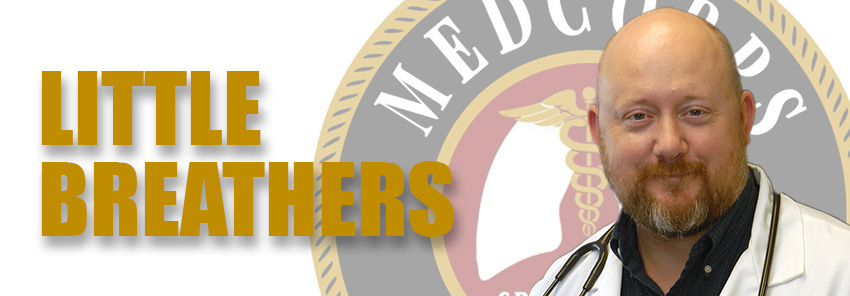
Understanding Pulmonary Nodules: Causes, Evaluation, and Treatment
By Allen L. Silvey, Jr., DO
Pulmonary nodules are small abnormal growths or spots that appear as round or oval-shaped lesions on the lungs. While the discovery of a pulmonary nodule can be concerning, it is essential to understand that not all nodules are cancerous. In this article, we will explore pulmonary nodules, their causes, evaluation methods, and potential treatment options to help patients gain a better understanding of this condition.
- Causes of Pulmonary Nodules:
- Infections: Nodules can result from bacterial or fungal infections, such as tuberculosis or histoplasmosis.
- Inflammation: Inflammatory conditions like sarcoidosis or rheumatoid arthritis can lead to the development of nodules.
- Benign Tumors: Noncancerous growths, such as hamartomas, can form nodules in the lungs.
- Lung Cancer: Pulmonary nodules can be an early sign of lung cancer, although many nodules are benign.
- Exposure to Environmental Factors: Exposure to certain substances like asbestos or radiation can increase the risk of developing nodules.
- Evaluation and Diagnosis:
- Imaging tests: Chest X-rays, CT scans, or PET scans can provide detailed images of the nodules, their size, shape, and characteristics.
- Biopsy: If the nodule appears suspicious, a biopsy may be performed to extract a tissue sample for examination and to confirm the diagnosis.
- Monitoring: In some cases, small nodules may be monitored over time through repeat imaging to assess any changes in size or appearance.
- Treatment Options:
- Observation: Small nodules that appear benign and stable over time may simply require ongoing monitoring without immediate intervention.
- Medications: If the nodules are related to infections or inflammatory conditions, appropriate medications can be prescribed to treat the underlying cause.
- Surgical Removal: For nodules that are suspected to be cancerous or have a high risk of malignancy, surgical removal may be recommended.
- Radiation or Chemotherapy: In cases where nodules are diagnosed as cancerous, additional treatments like radiation therapy or chemotherapy may be necessary.
- Prevention and Follow-up Care:
- Quit smoking: Smoking is a significant risk factor for developing lung nodules and cancer. Quitting smoking can greatly reduce the chances of nodule formation.
- Occupational Safety: Take precautions in work environments where exposure to harmful substances is prevalent, such as asbestos, to minimize the risk of developing nodules.
- Regular Check-ups: Individuals with a history of pulmonary nodules or lung cancer should maintain regular follow-up appointments with their pulmonologist to monitor any changes or new developments.
Pulmonary nodules can have various causes, including:
When a pulmonary nodule is detected, further evaluation is necessary to determine its nature and potential risk. Common diagnostic methods include:
The treatment approach for pulmonary nodules depends on their size, appearance, and underlying cause:
While not all pulmonary nodules can be prevented, certain measures can reduce the risk:
Pulmonary nodules are a common finding in chest imaging and can have various causes. While the discovery of a nodule can be concerning, it is important to remember that many nodules are noncancerous. A thorough evaluation, including imaging tests and, if necessary, biopsies, helps determine the nature of the nodules and guide appropriate treatment decisions. By understanding the causes, undergoing necessary evaluations, and following recommended treatments and follow-up care, patients can effectively manage pulmonary nodules and ensure their lung health.
Give us a call at 856-352-6572 to schedule an appointment



